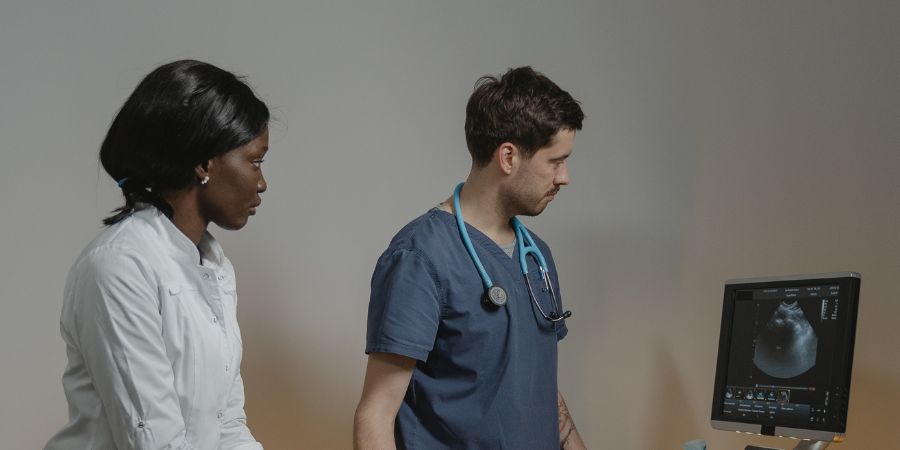Knowledge in the anatomy of the human being is one of the keystones of medical education, interpersonal communication, and healthcare innovation. The textbooks, diagrams, and still images are often not able to show the complexity of the anatomy structures, thus providing a dynamic answer, 3D medical animations can bridge the gap between the abstract knowledge and visual understanding of the structures. Medical animation improves healthcare learning and communication by showing more complex biological systems in an easy to understand interactive manner.
The 3D medical animations enable learners and practitioners to see anatomy in different angles thus enhancing memorizing and comprehension. This is unlike flat illustrations which only depict the relationship between structures and each other, movement and functioning of the structures in a real time. This technology is also becoming useful in the professional world where precise visualization of anatomy has the potential to influence the diagnosis, treatment planning, and patient education.
Clarity in Complex Structures
Some of the complex organs of the body like the brain, heart, and the vascular system may not be easy to learn with the help of traditional resources only. Medical animation gives a three dimensional representation, which emphasizes on spatial associations and functional interactions. This is especially relevant to medical students and professionals in the health care domain where they need to understand specific details within a short period of time, and they need to be right.
The 3D medical animations enable the user to isolate, zoom and rotate any given structure with the provision of unmatched detail and interactivity. To take an example, it becomes intuitive and not abstract to see the layers of the heart or the elaborate routes of the nervous system. Such clarity helps in teaching and practice, which helps minimize the errors and gives more confidence in making decisions related to medical decisions.
Improved Learning Outcomes
It has been found that visual learning helps in retention of the knowledge in the mind more than verbal learning, particularly in complicated areas such as anatomy. The use of the 3D medical animation in the educational programs avails the immersive learning experience that is not comparable with the traditional method. The students and trainees are advantaged to view active simulations illustrating physiological processes and anatomical relations.
Interactive characteristics of 3D medical animations allow active learning, which is confirmed to create better understanding and recall. The users are able to access the material at their accessibility, re-visit particular structures, and test their comprehension by exploring it virtually. Not only will this make the memory stronger, but it will also equip the learners with real-life clinical tasks in which a person has to think spatially and be anatomically aware.
Enhanced Patient Communication
Explaining complex anatomy to the patients is also quite tricky since medical language may be too technical and difficult to comprehend. 3D medical animations also offer a visual language and make the process less complicated. When presented as dynamic, clear images, patients are likely to get information on their conditions, treatment alternatives, as well as, surgical procedures.
The use of 3D medical animation helps healthcare providers enhance patient satisfaction and compliance as the information becomes available and interesting. Patients are assured and understood by viewing their own anatomy and the effect of treatments on particular structures. This visual implementation also makes patients and practitioners trust each other, and this aspect is essential to provide appropriate care and make evidence-based choices.
Support for Medical Marketing and Education
Another aspect that healthcare organizations can use 3D medical animation is through marketing and professional education. High-quality animations can help to attract interest and display the knowledge of procedures, devices, or treatment methods in a convincing manner. The use of these resources in medical education programs is helpful to include such materials in workshops, presentations, and the Internet, which will have more effective information.
The applications of 3D medical animations can be extended to the health sector in terms of continuing education and training of medical personnel. Visualization of complicated anatomy at such programs also makes sure that the professionals remain abreast with the current practices and technologies. Such a combination of education, communication and marketing proves the values of medical animation as broad as the boundaries of the classroom and textbooks.
Conclusion
The graphic representation of complicated anatomy by using 3D medical animations is of unparalleled clarity, interest and education. The animations enhance the learning experience, communication with patients, and enable the creation of complex structures dynamically, which is beneficial in terms of healthcare education and marketing. With the further development of the technological world, the importance of medical animation in the healthcare industry is bound to increase, bringing new opportunities to the knowledge of the human body.
The application of 3D medical animation to study anatomy is an important advance in the field of medicine education and patient care. The possibility to deal with intricate, precisely detailed visualizations will turn abstract ideas into concrete knowledge, which can be beneficial to learners, practitioners, and patients alike. It is an excellent opportunity to invest in such technology and guarantee efficient communication of complicated anatomy, which precedes improved health results and informed healthcare choices.



